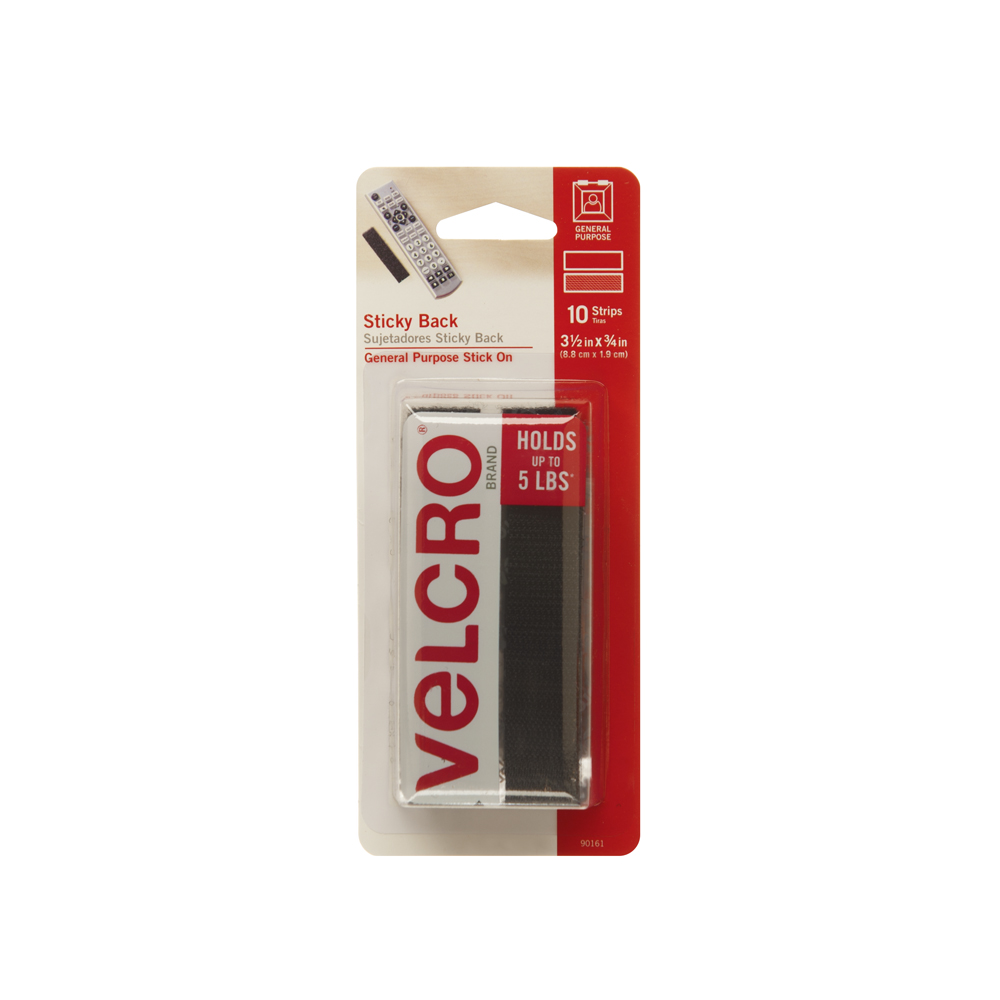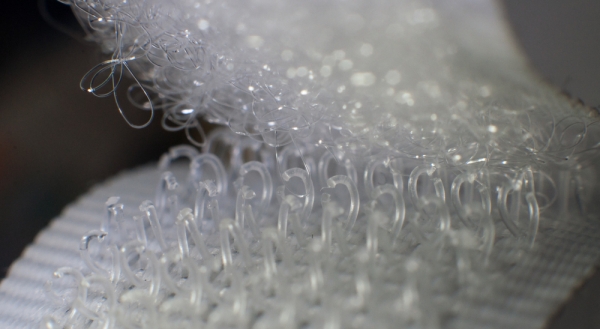Velcro has uses in and outside your RV. We’ve dug up some useful applications, but this list is by no means exhaustive.
The great thing about hook-and-loop is that it requires no holes to be drilled. On the thin walls of your RV, and on the fiberglass or metal exterior siding, not having to drill holes is a big plus.
Inside, it means that you can attach things without permanently defacing surfaces—not just walls but also ceilings, floors, countertops, window frames and cabinets. Hook-and-loop can even save you the trouble of having to use a sewing machine or resort to a needle and thread.
Outside, it’s impossible to assign a value to avoiding holes. Water is the No. 1 enemy of RVs, and it invades your space through gaps and holes. Fewer holes mean fewer leaks, a healthier indoor environment because of less mold, and longer RV life.
What Is Hook-and-Loop?
Velcro fasteners are a manmade imitation of something in nature. Back in the 1950s, inventor George de Mestral noticed that his outdoor walks ended with burdock seeds stuck to his coat and to his dog. He looked at them under a microscope to see how that happened. He reacted by designing fasteners that had a fabric strip with tiny hooks and another strip of small loops—originally cotton. They clung until peeled apart. Cotton eventually gave way to nylon and polyester.
The backs of the strips have a pressure-sensitive adhesive that’s exposed by peeling off a backing. The mounting surface gets one type of strip, and the object that’s to be stuck to it gets the other.
RV Uses for Hook-and-Loop
Here are just some of the ways to use hook-and-loop inside and outside an RV:
 Outside Uses:
Outside Uses:
Side skirts: Use heavy-duty hook-and-loop strips to attach side skirts without drilling. Just pry apart when you break camp and store the skirts in your underneath storage area.
Keep hoses neat. Instead of just rolling up and storing hoses where they can partly unravel into a mess, tie the wound hose with a strip of Velcro. That will keep it spooled, ready for easy opening and reuse.
Bundle utensils, implements. Keep barbeque utensils together by tying with a strip of hook-and-loop. You can also tie together implements and poles, such as those for supporting a shade cover, with another strip.
Tie up power cords: Power cords that get put away for travel such as from a portable generator or to powered outdoor accessories stay neater if tied up before storage.
Attach items temporarily: To mount a cooking utensil rack outside, use hook-and-loop strips instead of screws that require puncturing the skin of your RV. The strips are plenty strong enough to hold a rack for knives, spoons and forks. Just peel the rack off before traveling. Similarly, a small shelf for a wireless speaker can be mounted until you hit the road again.
Interior Uses:
Attach window covers. If you like covering windows when temperatures drop, or when bright morning sun interrupts sleep, you can attach covers temporarily—whether they’re clear or opaque—with small pieces of Velcro.
Mount artwork. Hook-and-loop fasteners make a strong but temporary bond between walls and photos or pictures. Artwork and mirrors won’t come off the wall and will stay straight, no matter the road condition.
Keep tables, chairs in place. If you have a freestanding table and chairs, a few pieces of hook-and-loop cut to fit the feet of both will keep them from flying around during travel. Tables and chairs on carpet may require only a hook section on the wood to attach securely to the carpet.
Never lose your remote. Who moved the remote controller? C’mon—you know who you are. Apply small pieces of hook-and-loop strips to the bottom of your remote controller and a tabletop, or just attach a hook section to the remote so it sticks to the fabric of a chair arm until pulled free. Even the dog won’t wander off with it.
Secure a computer. If you prefer to work on a desktop computer or big monitor, you can secure both to a tabletop with hook-and-loop. Similarly, a portable radio can be mounted to a countertop or against a wall and easily removed.
Keep cabinets closed. A piece of hook-and-loop on a drawer front or cabinet door will keep them from opening during travel and help to keep contents in place.
Mount bathroom accessories. If you want to avoid wall holes, you can attach a variety of lightweight bathroom accessories—cup holder, soap holder, toilet brush—with Velcro.
Cover pillows. Make pillow cases that close with hook-and-loop instead of zippers, saving a lot of work at the sewing machine. The covers come off easily for laundering. If you like different fabrics or different seasons, this is an easy way to change covers.
Keep flashlights handy. You don’t want to have to hunt for a flashlight when you need one. Attach one in a convenient place—a wall or side of a cabinet—and just pull it free when needed.
